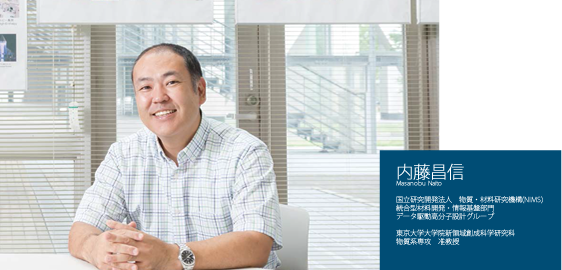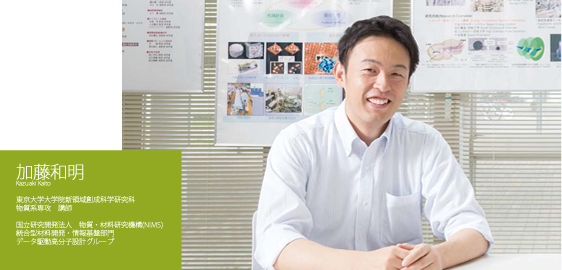Message
MATERIALS FOR FUTURE, MATERIALS FOR SOCIETY. IT'S OUR IDENTITY, IT'S OUR PRIDE.
When I started my carrier at university, I had unforgettable experience on my work. My project was to develop an antifouling polymer coating against marine fouling organisms, such as blue mussel and barnacle. I soaked a substrate with my polymer coating into an aquarium with living blue mussels. After several hours, it's been a long time coming! I finally fifind the composition ratio of the polymer coating that exhibits excellent antifouling property. This experience became a start point for me to work on fundamental polymer science toward practical application. Now, we are working on biomimetic adhesive materials inspired by adhesive protein of blue mussel. That is exactly "Yesterday's enemy is today's friend". In our group, we are developing the next-generation structural materials based on polymeric and supramolecular materials. The multi-material design is a novel concept on the structural materials to overcome the inherent material performance by adequate combination of different substrates. Among them, polymer is a promising material because polymer can create variety properties by molecular design. Therefore, those who have knowledge on molecular design and insights on physical properties are highly required. Let's create "Wow!" for future with us.















